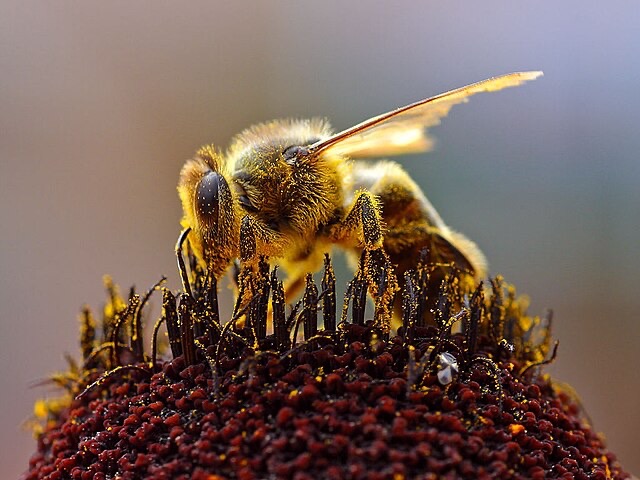Across the UK, millions are reaching for tissues, eye drops, and antihistamines as a so-called ‘pollen bomb’ takes hold. The Met Office has issued a red alert for hay fever sufferers, with certain regions reporting their highest pollen levels of the year. For those affected, it’s not just a sniffle—it’s a full-blown health battle that disrupts sleep, concentration, and even triggers severe respiratory issues.
This sudden surge in pollen, particularly from birch and ash trees, has been made worse by an unusually warm and dry spring. If you’ve stepped outside and found yourself sneezing uncontrollably or struggling to breathe clearly, you’re not alone. The UK is in the midst of a peak pollen event that experts are warning could be one of the worst in recent memory.
In this guide, we’ll break down what a pollen bomb is, who’s at risk, how to protect yourself, and why this may be more than just an annual allergy spike—it could be part of a growing climate trend.
What Is a ‘Pollen Bomb’?
The Science Behind the Term
While “pollen bomb” sounds dramatic, it’s not an official scientific term. It’s a media-friendly nickname used to describe a sudden and significant rise in airborne pollen. This phenomenon typically happens when weather conditions align perfectly for trees and grasses to release large volumes of pollen all at once.
This isn’t just a minor inconvenience. For hay fever sufferers—around 26% of UK adults—a pollen bomb can lead to days of discomfort, eye irritation, sinus pressure, and even serious breathing issues. Pollen counts don’t just climb—they spike rapidly, overwhelming even those with mild allergies.
Why It’s Happening Now in the UK
This year’s pollen bomb is being driven by a combination of biological and environmental factors. Birch trees, in particular, are experiencing a mast year, a natural cycle where they produce significantly more pollen than usual. Combine that with:
- Unseasonably warm temperatures
- Minimal rainfall
- Steady wind patterns that distribute pollen
…and you get a perfect storm for pollen dispersion. The result? Skyrocketing pollen levels across much of the country, just as spring allergies begin to kick in.
Met Office Warnings and High-Risk Regions
Areas Affected by the Red Alert
According to the Met Office, several UK regions have been flagged as high-risk zones for extreme pollen levels. These include:
- South East and South West England
- East Anglia
- Wales
- West and East Midlands
- Parts of Greater London
Residents in these areas have been urged to stay indoors where possible, especially during peak pollen times (typically mid-morning and late afternoon). Those with pre-existing conditions like asthma or bronchitis should be on high alert.
How Long Will It Last?
Forecasters expect elevated pollen levels to persist through the end of the week, possibly longer depending on temperature trends and rainfall forecasts. Unfortunately, dry spells and sunshine, while enjoyable, are also prime conditions for prolonged pollen activity.
Experts suggest that until we get consistent rain, the airborne pollen situation will remain intense. Keep an eye on local pollen forecasts to track daily severity levels.
Health Impacts of Soaring Pollen Levels
Common Hay Fever Symptoms and Complications
If you’re new to hay fever or unsure if you’re affected, here’s what to look out for during a pollen bomb:
- Runny or blocked nose
- Sneezing fits
- Itchy, red, or watery eyes
- Throat irritation or coughing
- Fatigue due to disturbed sleep
For many, these symptoms are a nuisance. But for others, especially children, the elderly, or those with immune sensitivities, hay fever can lead to secondary infections like sinusitis or worsen pre-existing allergies.
Asthma and Respiratory Risks
This is where the danger really ramps up. People with asthma are particularly vulnerable during pollen spikes. High pollen levels can:
- Trigger asthma attacks
- Cause shortness of breath
- Require emergency inhaler use
The NHS recommends asthma patients increase their vigilance, carry reliever inhalers at all times, and monitor peak pollen times daily.



